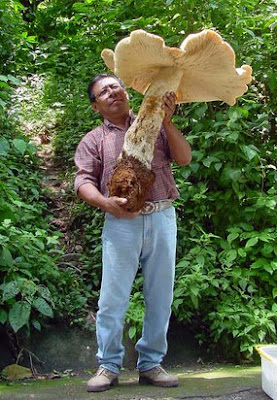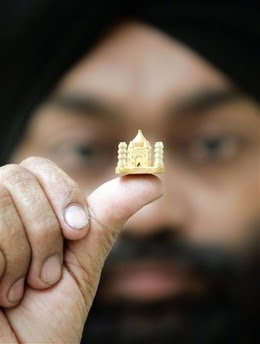At an early age children are taught that two plus two makes four.
But pupils at one primary school have quickly learned to expand that basic calculation. And now they know that five pairs of twins makes ten toddlers - and one very confused teacher.
The children also know that their twinned friends make up an entire half of the pupils in one class at Pembroke Dock Community School in Wales.

Fran Thomas is in charge of calling out the repetitive register every morning for her nursery class of 20.
She is already getting used to doing a double take with the children who were all born within six months and live less than a mile from each other.
She said: "It was a shock when they all arrived for school. We couldn’t believe it - it was like we were seeing double.
"One set of twins is fairly unusual, but to have five sets in a class is something I've never heard of. It can get confusing to say the least."
She added: "We’ve no idea why there are so many in the class. There must be something in the water."
The twins, aged two and three, make up half of the nursery class at the school’s newly-formed Flying Start nursery.
And the ten - six of whom are identical twins - could even go right through their school careers together because they live in the same catchment area and are the same age.
Their appearance in one nursery together is so unlikely that mathematicians have calculated its probability as almost zero.
Playgroup leader Carol Mansell said: "They are adorable. They are like little angels - although they can be little devils sometimes too.
"The blonde little girls Rebekah and Teagan Wheatley are behaving so well today. They’ve been brilliant.
"And the Bugby twins Callum and Damian are full of mischief. They are lovely but I don’t know where they get their energy from."
Her colleague Lynda Gould added: "The children all mix well but twins have a special bond.
"It is lovely to see how close they are. If one of them is not around the other is less sure of themselves.
"It is hard to tell which one is which sometimes but you’d be surprised how often we get it right."
All 10 children were born between April and September 2004, and have been attending the nursery since it was set up in January with funding from the Welsh Assembly.
Although the chances of getting five sets of twins in one class are extremely slim, multiple births have become more common, partly due to the increasing use of fertility drugs.
Also, the trend for having children later in life is thought to have contributed to the rising numbers of twins, since multiple births are statistically more likely for older mothers.
Several factors can increase the chances of having a multiple birth, including a mother being over 30 when she conceives.
While there is a three per cent chance of having a multiple birth at age 25 to 29, it increases to four per cent at 30 to 34 years old and almost five per cent at 35 to 39 years old.
The chance of having twins with the use of fertility treatments can be as high as 20 to 25 percent.
The latest Government figures show that 3 out of every 100 pregnancies currently result in twins or in higher multiples of children.




























 But the family of a third grader named Han Hongyang can’t afford the boarding fee, so she became the last remaining student.
But the family of a third grader named Han Hongyang can’t afford the boarding fee, so she became the last remaining student.





 In an entry on his blog entitled “Occupational hazard,” Kobayashi said: “My jaw refused to fight any more.”
In an entry on his blog entitled “Occupational hazard,” Kobayashi said: “My jaw refused to fight any more.” The world’s oldest running car is set to cross the auction block at Pebble Beach in August.
The world’s oldest running car is set to cross the auction block at Pebble Beach in August. Indian miniature artist Jaspal Singh Kalsi displays his creation of 1.5 cm high (0.59 inch) wooden replica of the Taj Mahal, in Amritsar, India, Monday, June 25, 2007. The Taj Mahal is among the leading contenders to be the new Seven Wonders of the World as a massive poll enters its final month with votes already cast by more than 50 million people, organizers say. The seven winners will be announced July 7, 2007 in Lisbon, Portugal. (AP Photo/ Aman Sharma)
Indian miniature artist Jaspal Singh Kalsi displays his creation of 1.5 cm high (0.59 inch) wooden replica of the Taj Mahal, in Amritsar, India, Monday, June 25, 2007. The Taj Mahal is among the leading contenders to be the new Seven Wonders of the World as a massive poll enters its final month with votes already cast by more than 50 million people, organizers say. The seven winners will be announced July 7, 2007 in Lisbon, Portugal. (AP Photo/ Aman Sharma)






























